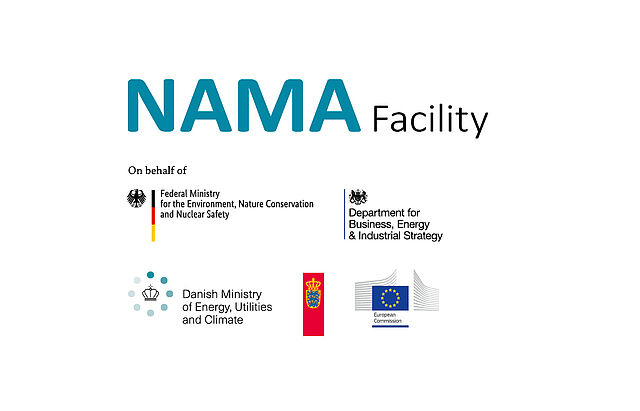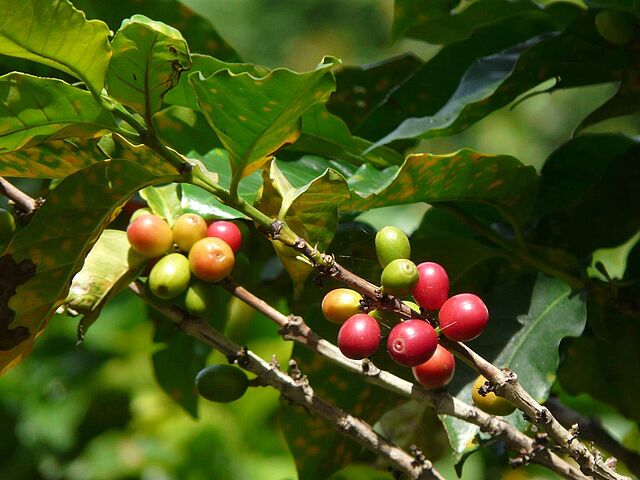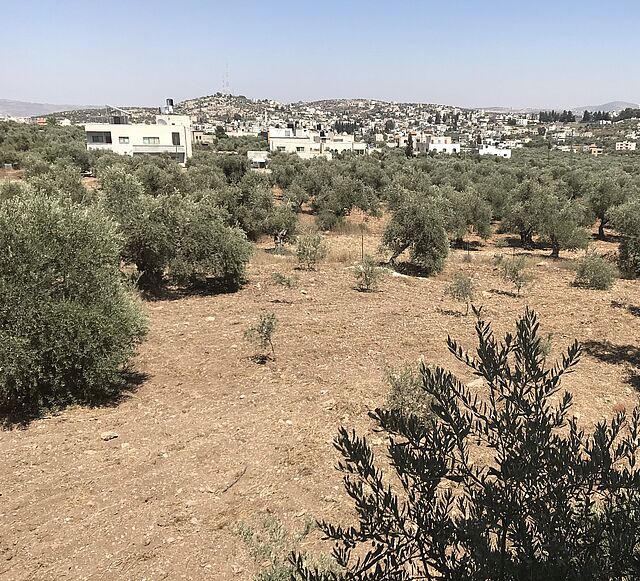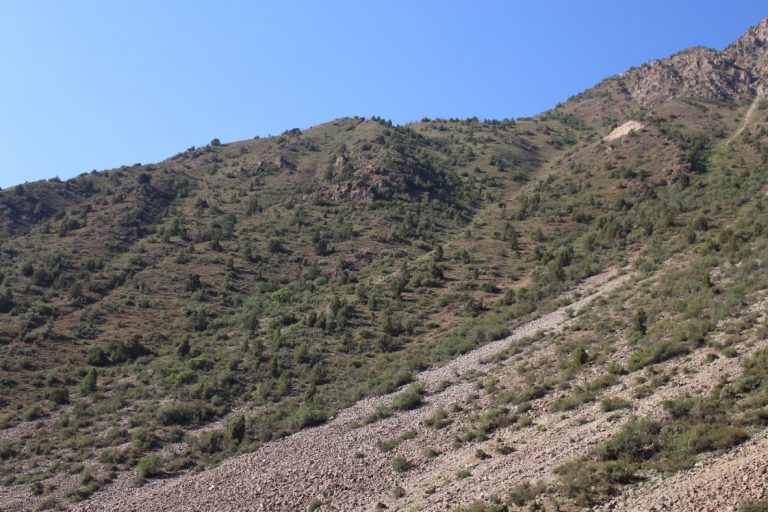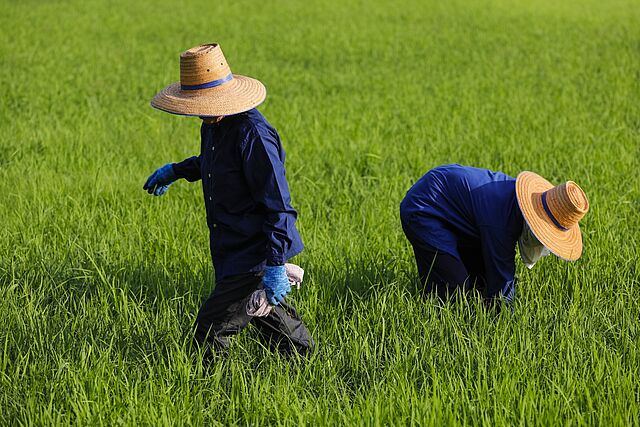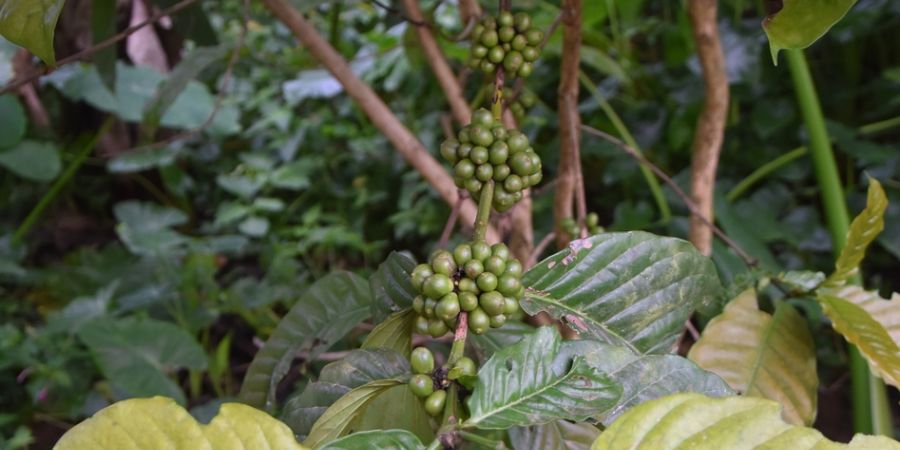
Background: The Peruvian Amazon region has seen significant growth and agricultural development in recent years, and coffee is a major cash crop in the area. Weak law enforcement, insufficient environmental sensitivity among the rural extension systems that train and educate farmers and the lack of environmental criteria for credit applications has led to inefficient land use and high rates of deforestation.
Approach to Transformational Change: The project “Peru – Low-Carbon Coffee”, proposes an approach to move the sector towards zero deforestation, increase yields sustainably and reduce the local environmental impact and methane emissions through wastewater treatment. This will be undertaken in line with the Peruvian Nationally Determined Contribution (NDC) and the National Coffee Action Plan (NCAP). About 10,000 Peruvian farmers are targeted, with an average farm size of two hectares, leading to substantial emission savings from wastewater treatment and absorption from agroforestry and avoided deforestation.
The project invests in capacity development for rural extension services, municipal-level administration and financial institutions that provide credits to farmers. It also promotes and supports sustainable agricultural methods, such as the planting of shade trees, composting wastewater treatment and innovative information technology.
A green credit line and a risk-reduction mechanism are introduced to implement a “green box” credit window for technologies that contribute to both increased farm productivity and reduced GHG emissions. These financial products work in parallel with the traditional loans for rehabilitation and rejuvenation to improve coffee plantations and apply fertilisers. The traditional resistance to adopt green technology is overcome by enabling lending at lower transaction costs and with more agile and complete risk assessments.
Mitigation potential: It is estimated that the total GHG reduction over the project period is 2,619,095 tCO2e. The decline over 40 years is 22,892,800 tCO2e, of which 9% arise from agroforestry related activities, 63% from avoided deforestation and 28% from wastewater treatment.

